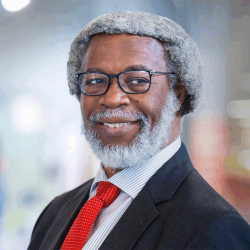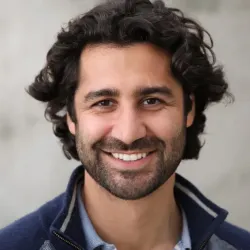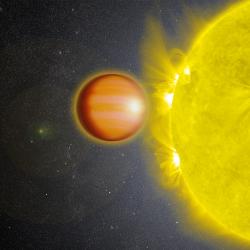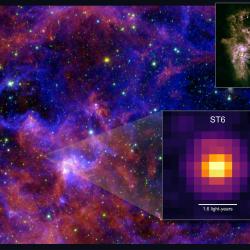Latest Moon Mission Carries a New Reflection on History
In July 1969, four faculty members traveled from College Park to Kennedy Space Center in Florida to provide last-minute instruction to a noteworthy pupil: an Apollo 11 astronaut about to become one of the first humans to set foot beyond Earth.
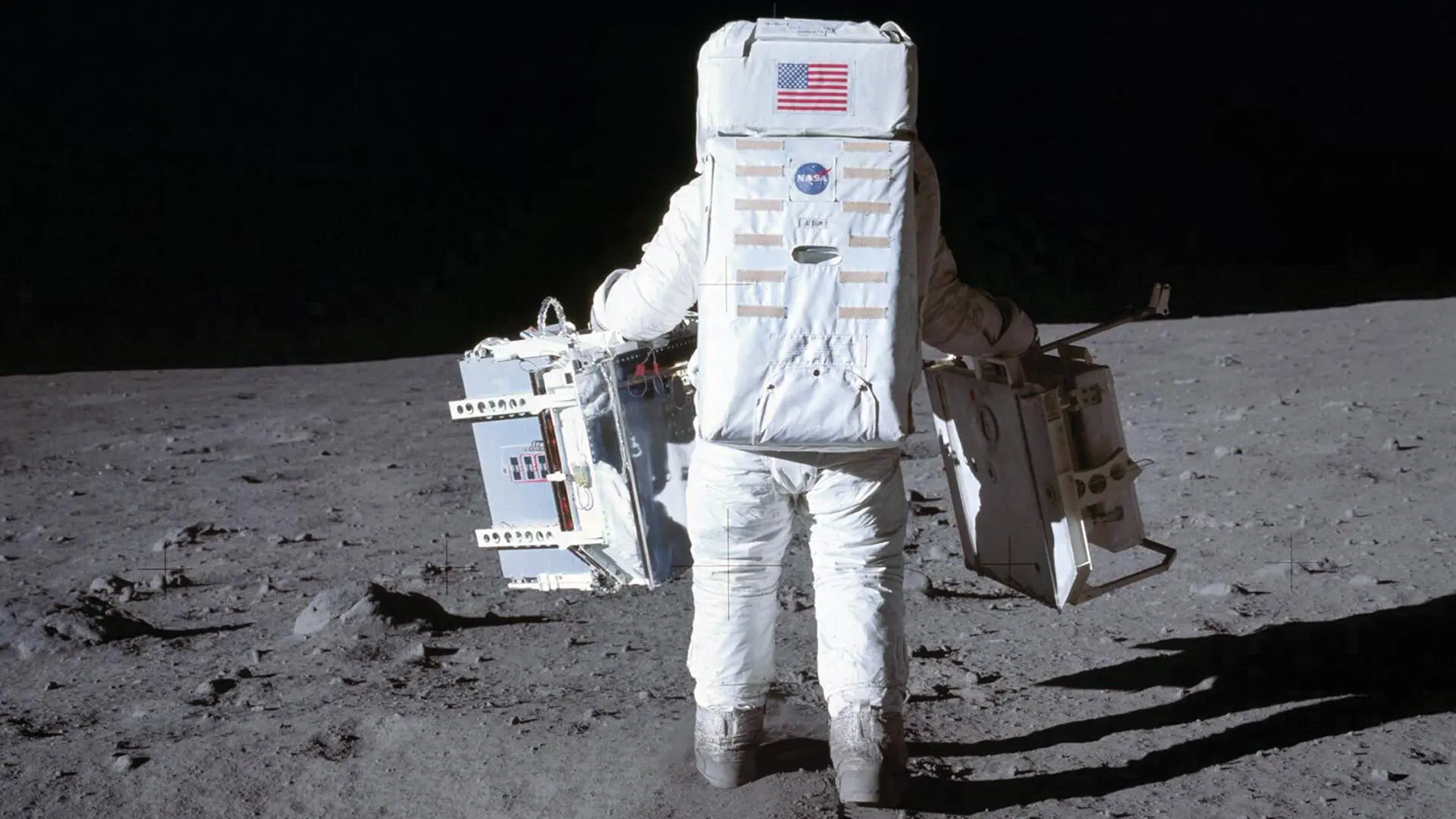
Just days later, lunar module pilot Buzz Aldrin would be following mission commander Neil Armstrong onto the moon’s surface to deploy a University of Maryland-led experiment. The suitcase-size array of retroreflectors—painstakingly crafted hunks of glass able to reflect light directly back to its source from any angle—would serve as a target for powerful lasers on Earth and provide the first accurate measurements of the distance between the planet and its satellite. In a meeting with Aldrin, then-Physics Assistant Professor Douglas Currie, an expert in laser light, asked if the former fighter pilot with a Ph.D. in astronautics had any questions.
At a later lunar workshop, Currie recalls, Aldrin scoffed about the procedural instructions, “Ahh, it was so easy I decided I could give it to Armstrong.”
But the wisecracking astronaut had done his homework, and for the last 55 years, that array and two more placed by successive Apollo missions have yielded a wealth of data for NASA’s Lunar Laser Ranging experiment, helping scientists detect our moon’s liquid core, bolstering Einstein’s theory of general relativity and providing a better understanding of the evolution of the Earth-moon system, among other discoveries.
Now the university has done it again with the launch early January 15, 2025, of the Next Generation Lunar Retroreflector as part of a mission scheduled to touch down on the moon on March 2, 2025. This time, Currie is principal investigator for the retroreflector project, a position held on the Apollo 11 project by the late Physics Professor Carroll Alley.
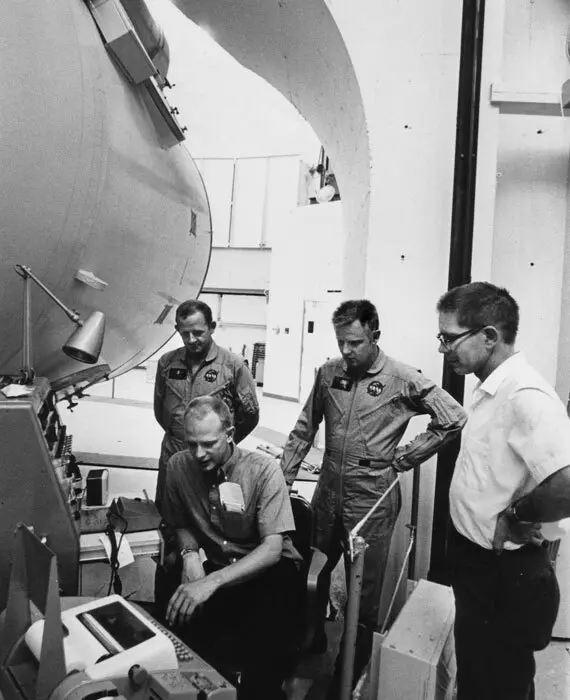
There are no astronauts to train for this mission; the chunky “corner cube” retroreflector will arrive aboard an uncrewed craft launched by the company Firefly Aerospace as part of NASA’s Commercial Lunar Payload Services program and remain atop the lander for its operational life. (Subsequent reflectors to be developed by NASA with UMD’s help, based on Currie’s general design, are expected to be set up by astronauts in NASA’s Artemis program, which aims to return to the moon later this decade.)
“When NASA announced back in 2004 they were going back to the moon, I said that instead of an array of 100, we need to have one big one, and I’ve been playing with that since then,” says Currie, now a professor emeritus and senior research scientist in the Department of Physics.
He and NASA hope the next-gen device boosts precision in distance measurements by perhaps a factor of 30, from several centimeters of uncertainty to less than one millimeter.
The imprecision of the current device stems from the fact that observers watching from the ground don’t know if a laser pulse bounces back from a reflector on the near corner or the far corner of the array, which are at slightly different and constantly changing distances from the ground because of the moon’s slight back-and-forth movement relative to Earth. Having just one mirror removes uncertainty, Currie says.
The new setup will also have the advantage of being shiny and new. Though still functional, evidence suggests the Apollo 11 mission array is significantly blocked by lunar dust; calculations suggest the new device will be 10 times as bright as the current arrays, says Stephen Merkowitz, who’s overseeing lunar laser ranging as Space Geodesy Project manager at NASA Goddard Space Flight Center.
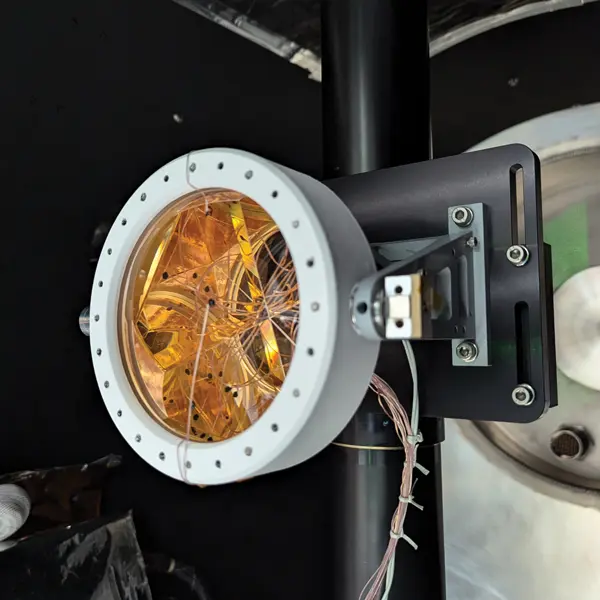
Solving these problems will contribute to another one, however. The hefty chunk of glass making up the new single retroreflector mirror soaks up and sheds more heat during frigid lunar nights and blazing days, creating a greater possibility for temperature gradients and distorted reflections. Currie and his partners at the National Laboratories of Frascati in Italy worked to minimize that with the retroreflector’s housing design.
“A lot of what we’re looking to do today builds directly on what was done more than 50 years ago, so Doug’s experience working on Apollo is valuable in the present,” Merkowitz says.
Currie chuckles looking at a photo he keeps in his office in the Physics Building: It shows Aldrin strolling across the moon, swinging the original UMD mirror array in one hand and another priceless experiment in another. Times have changed.
“Now we’re told the astronauts have to carry it in both hands, even though it weighs only a fraction of what Buzz was carrying,” he says. “They want you to do one thing at a time, I guess.”
Written by Chris Carroll



